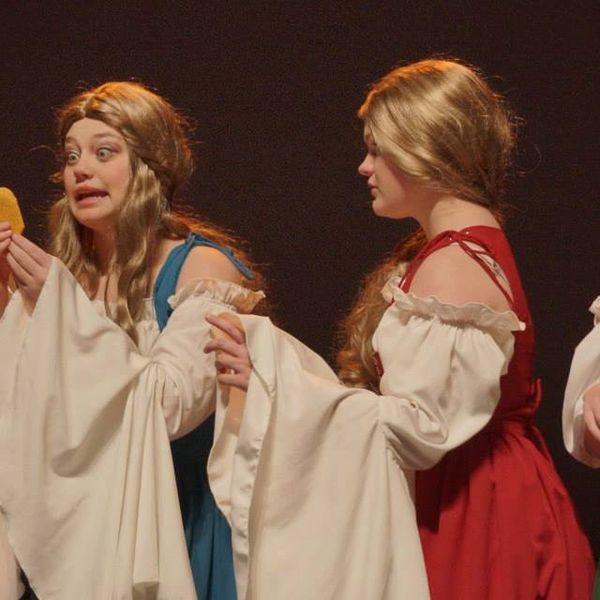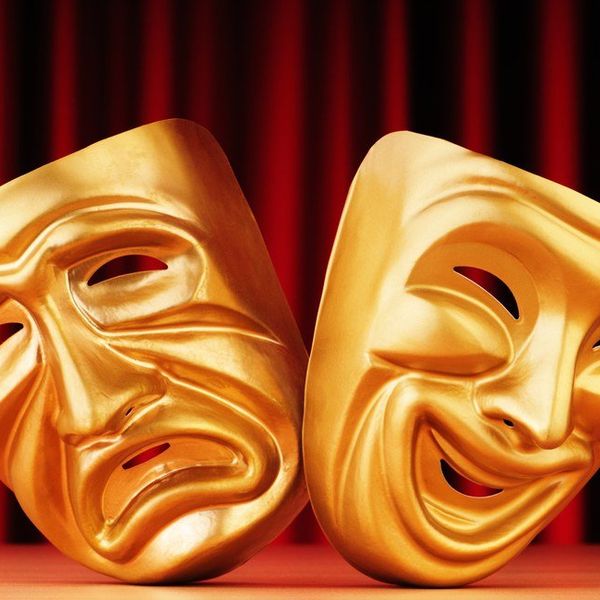This is a response to You Must Take An Art History Class At Least Once In Your Life
Last year in the spring of 2022, I took an art appreciation class with expectations of learning what I already knew from grade school. During my pre-teen years, I held a passion for creating art, except I had little knowledge about most art history at the time. When the semester finished, I truly understood the significance the course had on my creativity and perception of art. Firstly, we reviewed the formal elements, line, space, shape, color, value, and more. These phrases help describe the physicality of art. Terms such as Emphasis, Scale, and Proportion are also known as the principles of design. Practicing this vocabulary is vital for explaining how a piece is created and designed. At the end of every week's lesson, the class engaged in a critique of a featured art piece and answered questions relating to the subject matter. As we analyzed various artworks, I became invited to learn about distinct eras of history and the motive behind why the artist created the piece. Several artists who caught my interest were David Hockney, Ruud Van Empel, and Max Ernst.
Art can also encompass the various aspects of individuality and the relation between colors and symbolism in the subject matter. Researching works from the old masters also trains me to practice these elements within my artwork. I learned about different periods within art. My favorite notable era is the late 19th-century expressionist movement. During this period, various colors and unique shapes accompanied by brush strokes were techniques inhabited within the art. These elements conveyed an emotional expression based on the artist's feelings through the exaggeration of subject imagery. I found three artists I found to be intriguing: Franz marc, Edward Munch, and Marc Chagall. One thing about these artists is their use of formal elements in their own stories.
From the time my professor introduced us to new mediums such as printmaking and collage, I felt drawn to the themes of gender and identity. Challenging myself with new techniques while looking toward these topics as inspiration amplified my creativity and reminded me how learning about art history benefits your artistic development.





















